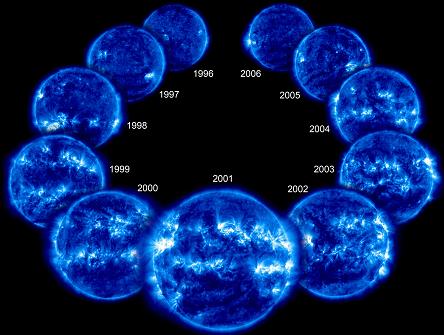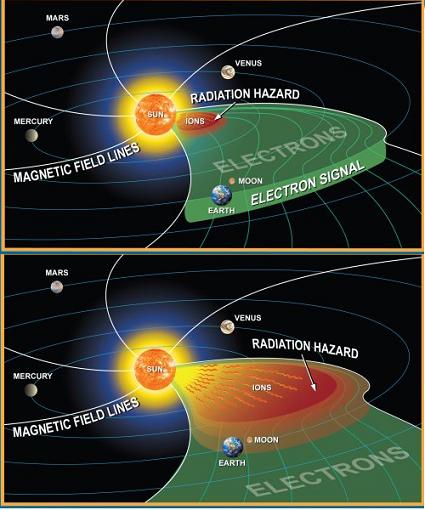On December 2, the Soho spacecraft was launched into space with the aim of learning about the dynamics of the sun and the relationship between its activity and the planets. The spacecraft, originally named the Solar Observatory and the Heliosphere, survived a crash that almost caused its shutdown in 1998 and since then it continues to provide interesting findings

On December 2, 1995, NASA and the European Space Agency jointly launched the SOHO mission - Solar and Heliospheric Observatory - to learn about the dynamics of the Sun and the connections between the events taking place there and the planets. After 12 years, the spacecraft continues to witness some of the largest eruptions ever seen in the solar system, watch spectacular arcs of the magnetic corona stretching deep into space, and follow comets in their collapse to their fiery deaths. In the course of her duties, her computers nearly crashed in 1998, fittingly for one of the most difficult tasks a man-made tool is required to perform.
At the end of 1996, Soho reached the first Lagrange point between the Earth and the Sun (a stable position from the gravitational point of view where there is an equilibrium between the mass of the Sun and the mass of the Earth, and it is about 1.5 million km away from us and of course moves parallel to the Earth). Since then she has been at this point and watches the sun from there 24 hours a day. The spacecraft began transmitting data during the solar minimum - a period of time at the beginning of the solar cycle, when the sun's activity is low and the number of sunspots is small, and continued towards the solar minimum at the entrance of which we are now, while continuing the research also during the solar maximum, and it provided physicists with an opportunity to observe most of the sunspot cycle through One expectant. Earlier, the Japanese spacecraft Yohakon made similar observations in the years 1991-2001, that is, roughly from the middle of a cycle to the middle of the next cycle.
On board the spacecraft are placed 11 devices that monitor the sun and observe everything possible from "solar tremors", coronal loops, flames, material eruptions and the solar wind, almost everything that happens on the sun. SOHO has become a vital mission in helping to understand the way the Sun affects the environment on planets and how it produces potentially dangerous space climates.
On the mission website, spacecraft operators from both space agencies write that Soho will continue to operate deep into the next solar cycle. In the meantime, the Japanese spacecraft Hinoda and a pair of "Strao" spacecraft will join it and overcome the historic mission.

This is how Soho predicts solar storms (for the article Astronauts in danger)

2 תגובות
Labi asked the editor of the site whether these storms could affect the astronauts who are currently on the space station